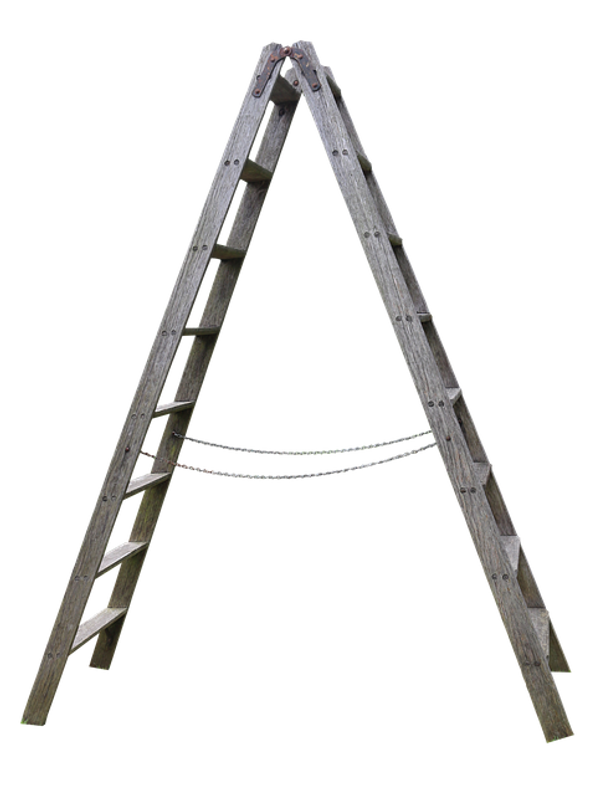What Is the 4-to-1 Rule for Ladder Safety?
Ladders are an underlying cause of many fall-related injuries. According to the U.S. Centers for Disease Control and Prevention (CDC), roughly one-fifth of all fall-related injuries sustained by workers involve a ladder. You can still use a ladder, but you should follow some basic safety rules to minimize your risk of injury. One of the most important safety rules is the 4-to-1 rule. What is the 4-to-1 rule exactly, and how can it protect you from injury?
Overview of the 4-to-1 Rule
The 4-to-1 rule is a ladder safety rule. It states that four every 4 feet you climb up a ladder, you should move the ladder 1 foot away from the wall or vertical surface on which it's placed. If you climb 8 feet up a ladder, for example, you should move it 2 feet away from the wall or vertical surface. If you climb 12 feet up a ladder, you should move it 3 feet away from the wall or vertical surface.
Benefits of Using the 4-to-1 Rule
By using the 4-to-1 rule, you'll be better protected against fall-related injuries. The stability of a ladder is determined primarily by how close it is to the wall or vertical surface on which it's placed, as well as how high you climb up the ladder. The higher you climb a ladder and the closer it is to the wall or vertical surface, the less stable it will become. Following the 4-to-1 rule promotes increased stability by ensuring that the ladder isn't too close to the wall or vertical surface.
Of course, not all ladders require the use of the 4-to-1 rule. Rather, you only need to use it when pressing a ladder against a wall or vertical surface. If you're using a step ladder or another freestanding ladder, the 4-to-1 rule isn't necessary. The 4-to-1 rule specifically requires moving the ladder farther away from the wall or vertical surface. Without a wall or vertical surface, you don't have to worry about it.
Other Safety Tips to Follow When Using a Ladder
In addition to the 4-to-1 rule, there are other ways to protect against injury when using a ladder. Maintaining three points of contact, for instance, will lower your risk of injury. This means that you should always have at least one foot and two hands or one hand and one foot on the ladder at all times.
Choosing a flat and even surface to use a ladder is another important safety tip to follow. If the ground is uneven, the ladder won't be stable. As a result, climbing up or down the ladder may cause it to fall over.
Remember to engage the locking mechanism when using a ladder. Most ladders have a locking mechanism. When engaged, it will prevent the ladder from collapsing.
Recent Posts
-
Fire Safety in the Workplace: What You Need to Know
What steps are you taking to prevent fires in your workplace? According to the U.S. Occupational Saf …Aug 23rd 2023 -
Is It Safe to Go Jogging With a Cold Infection?
If you're suffering from a cold infection, you might be wondering whether it's safe to go jogging. T …Aug 22nd 2023 -
5 Safety Tips to Follow When Using a Powder-Actuated Tool
Powder-actuated tools are commonly used to join materials to steel and concrete. Also known as Hilti …Aug 20th 2023




